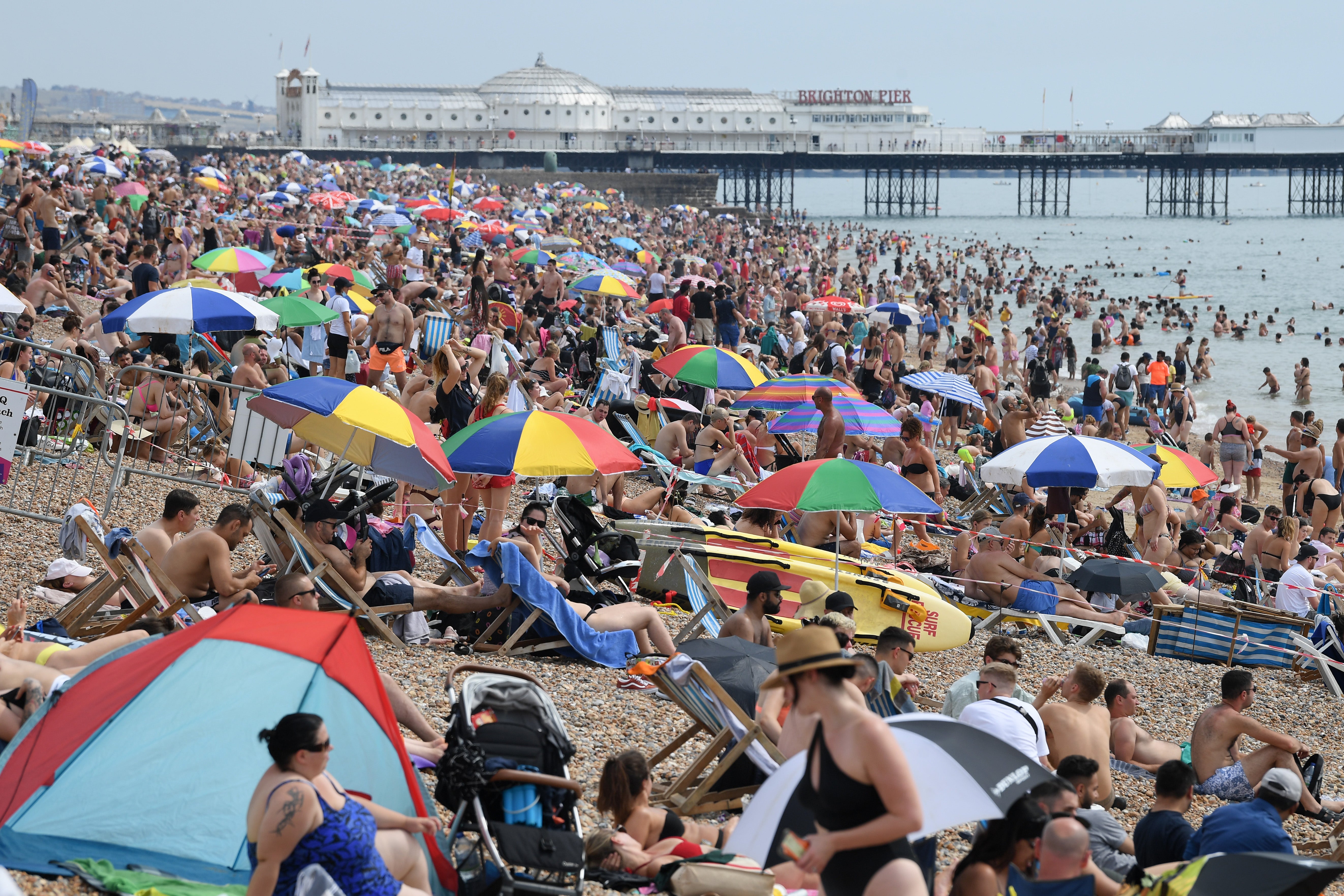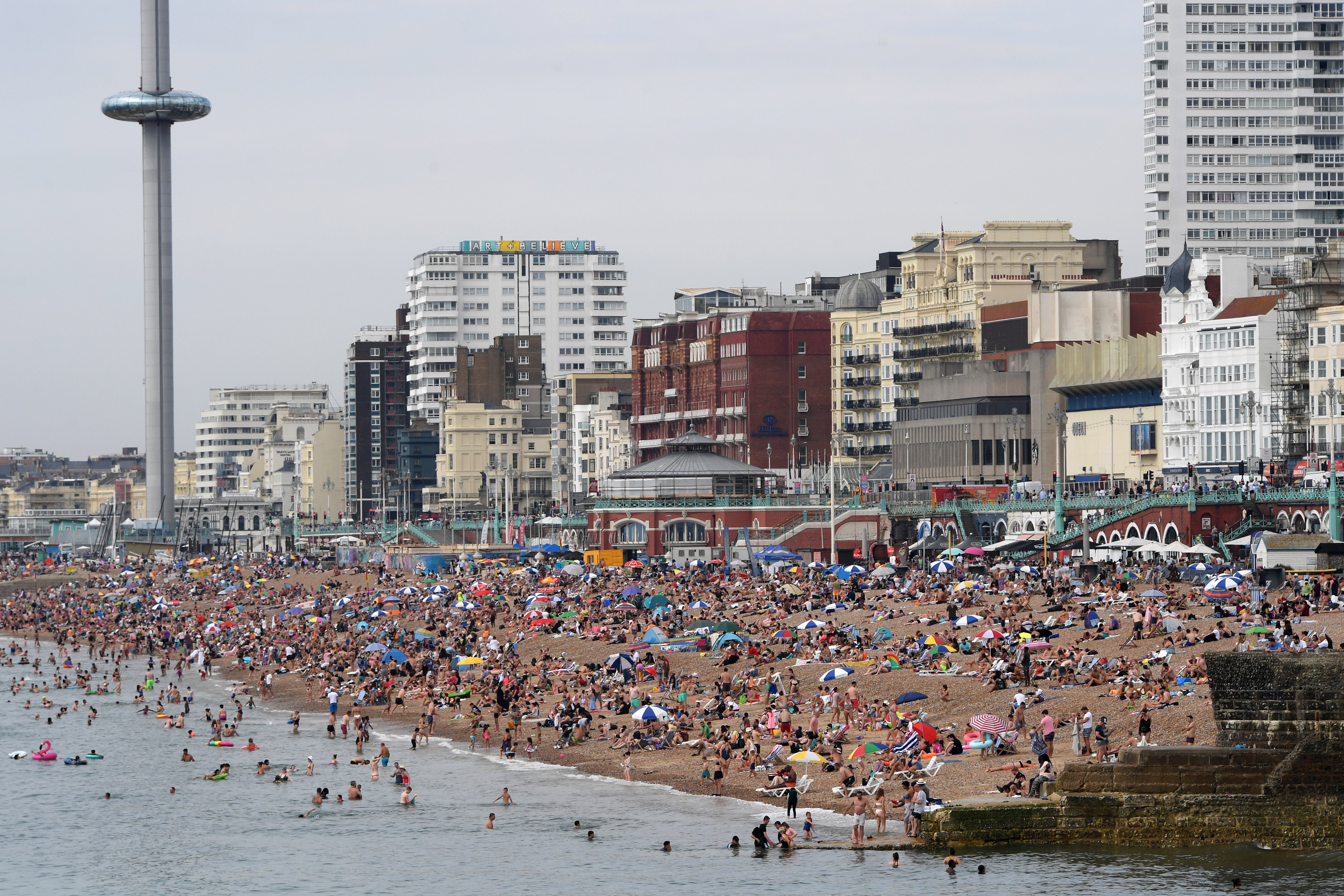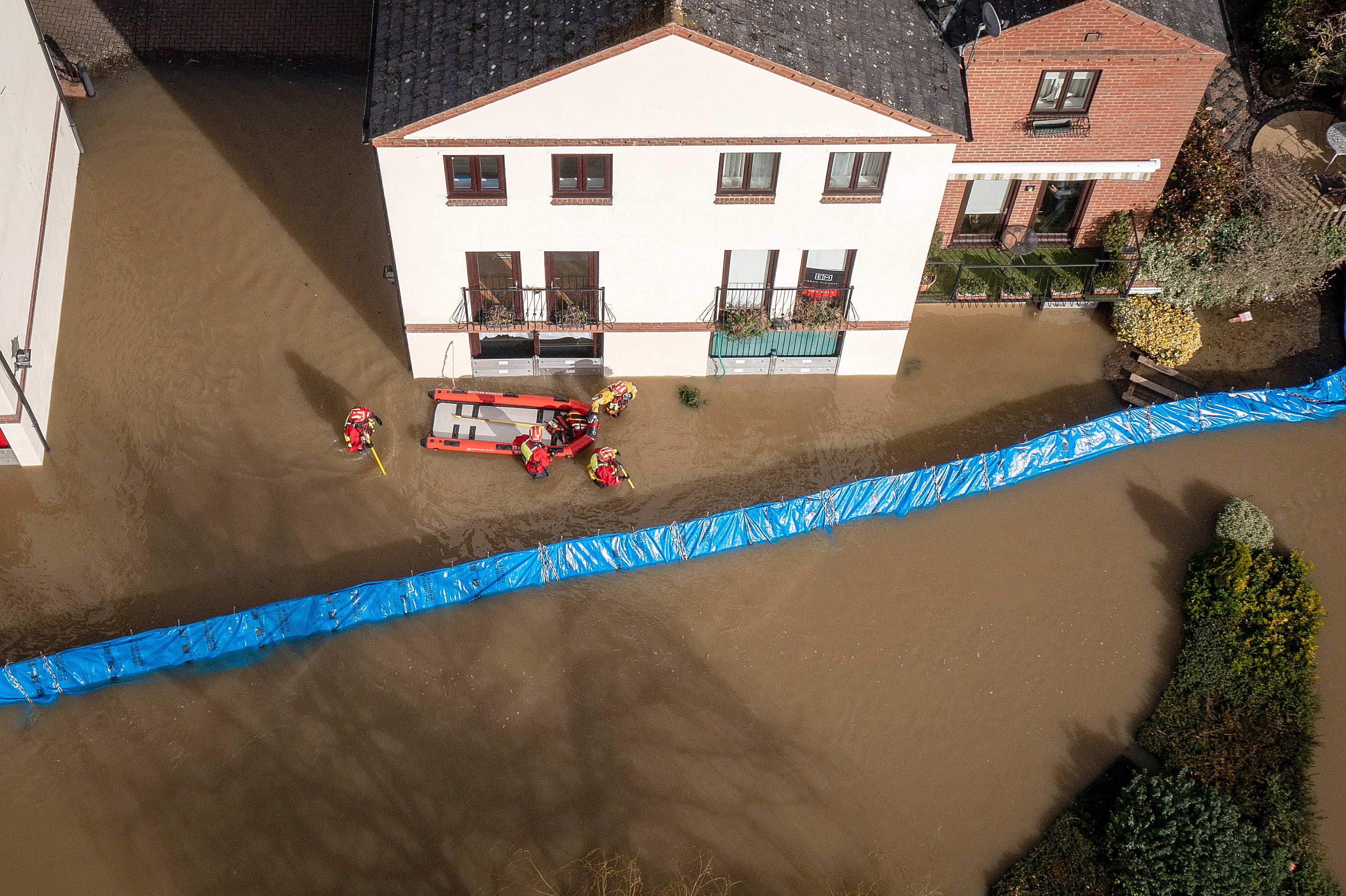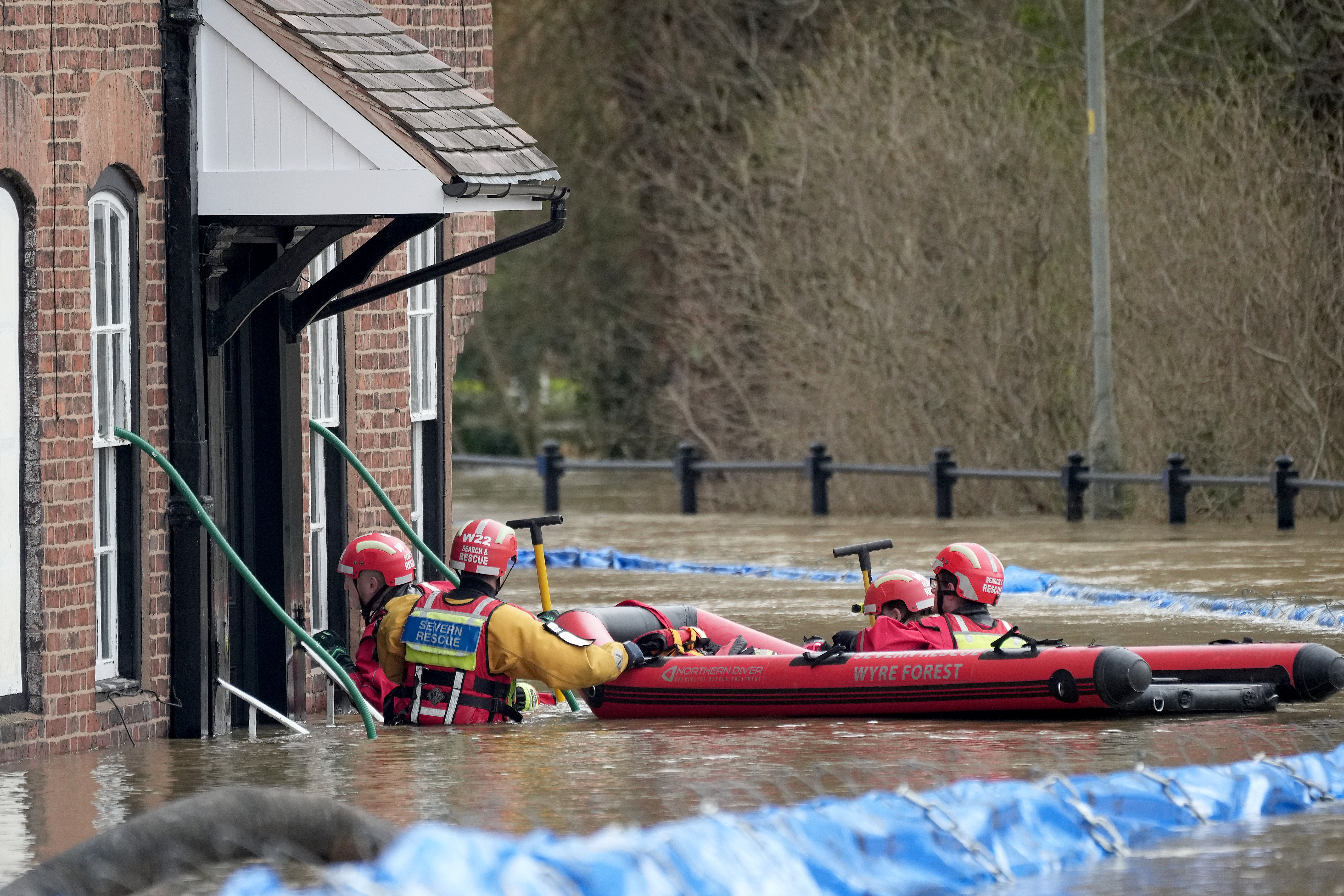‘Secret-killer’: Heatwave threshold rise offers window into how climate emergency is impacting Britain
Heatwaves are by far the deadliest extreme event in Europe and in the UK, writes Saphora Smith


The news that the Met Office is increasing the temperature threshold for heatwaves across parts of England offers the latest window into how the climate emergency is affecting life in Britain.
The government body has announced that heatwaves will now need to be hotter, with the temperature threshold being increasedfrom 27C to 28C in six English counties: Surrey, Berkshire, Buckinghamshire, Bedfordshire, Hertfordshire and Cambridgeshire.
It also said that the temperature threshold in Lincolnshire would be raised from 26C to 27C and similarly in East Riding, Yorkshire from 25C to 26C.
“This is further and clear evidence of how climate change is affecting our weather here in the UK,” said Nigel Arnell, of the department of meteorology at the University of Reading. “And things are only going to get worse.”
Heatwaves are defined as happening when a location records at least three days in a row of maximum temperatures meeting or exceeding the threshold.
The Met Office said it updated the heatwave definitions ahead of the summer as they are designed to be relative to the current climate, which is warming due to planet-heating greenhouse gas emissions largely caused by the burning of fossil fuels.
Average temperatures are rising across the UK, particularly in parts of central and eastern England which have seen increases of more than 1C in some locations. Further north, areas of Scotland and Northern Ireland have seen temperatures rise by closer to 0.7C.

“Although heatwaves are extreme weather events, research shows that climate change is making these events more likely,” said Mark McCarthy, head of the Met Office National Climate Information Centre, which manages the UK’s climate records.
A scientific study by the Met Office into the Summer 2018 heatwave in the UK showed that it was 30 times more likely to occur now than in 1750, before the industrial revolution, because of the higher concentration of carbon dioxide in the atmosphere.
“What... used to be extreme is now actually not extreme from a statistical point of view but a very common kind of summer event,” said Friederike Otto, a senior lecturer in climate science at the Grantham Institute for Climate Change and the Environment. “That is what is being reflected here with this change of the definition of a heatwave,” she added.
While more frequent heatwaves will be welcomed by many in the UK, for others this is far from good news.
Heatwaves are by far the deadliest extreme event in Europe and in the UK, according to Ms Otto. Hundreds of people die because of extreme heat in Britain each year, a much higher number compared to storms or floods, she said.
“It’s not that people drop dead in the street, but it’s usually those who are already vulnerable, have pre existing medical conditions, live in very poor housing and basically die secretly and quietly in their poorly insulated homes,” she explained.


The death toll is also usually not counted immediately but in the weeks that follow, she added.
Reducing greenhouse gas emissions will slow the temperature increases over the long term, but the UK also needs to better prepare for heatwaves now, according to Mr Arnell, of the University of Reading.
The country needs to make sure that homes, offices and infrastructure can cope with the anticipated higher temperatures to reduce the ill-health and disruption heatwaves bring, he added.
Beyond the rising temperatures, the reason the thresholds were updated now is because a new climate averaging period has been introduced. The original heatwave thresholds were based on a reference climate period for 1981-2010, but in December the new period between 1991-2020 was introduced.
The earlier definition of a heatwave, published in 2019, was designed to be complementary to the existing heat-health planning systems that the country has, according to Mr McCarthy, of the Met office. It is not related to health impacts, but helps communicate with the media and public when abnormal heat is expected, the Met Office said.
Asked if there was a risk that increasing these thresholds normalised global heating, Mr McCarthy said the heatwave definition was just one part of the UK’s heat monitoring services during the summer season.
The Met Office separately issues extreme heat warnings for the UK that consider impacts to health, infrastructure and property. There is also a Heat-Health Alert, issued by the UK Health Security Agency for England, that is designed to help healthcare professionals manage through periods of extreme temperature.
“It doesn’t affect those and it doesn’t affect how we report the information to ensure people are ready for hot weather,” he said, referring to the rise in heatwave temperature thresholds. “It’s that balance of reporting heatwaves that would be part of public discourse, but also that they’re not so common place that they become meaningless.”
“The intention is that this definition is following climate change, but we have a lot of other tools on how climate change is impacting the UK.”
However, Bob Ward, policy and communications director at the Grantham Research Institute on Climate Change and the Environment, said the change in threshold risked adding to the confusion about the growing health risks posed by heatwaves.
“We know that heatwave conditions are becoming more frequent and intense due to climate change, which is why these changes to the meteorological thresholds are being introduced,” he said. “But this means the threat from heat is also increasing.”
Having separate thresholds for the heat-health alert system is likely to cause confusion among the public, he added.
“It is time the government got to grips with this growing threat to public health and introduced a Heat Risk Management Strategy.”






Join our commenting forum
Join thought-provoking conversations, follow other Independent readers and see their replies
Comments